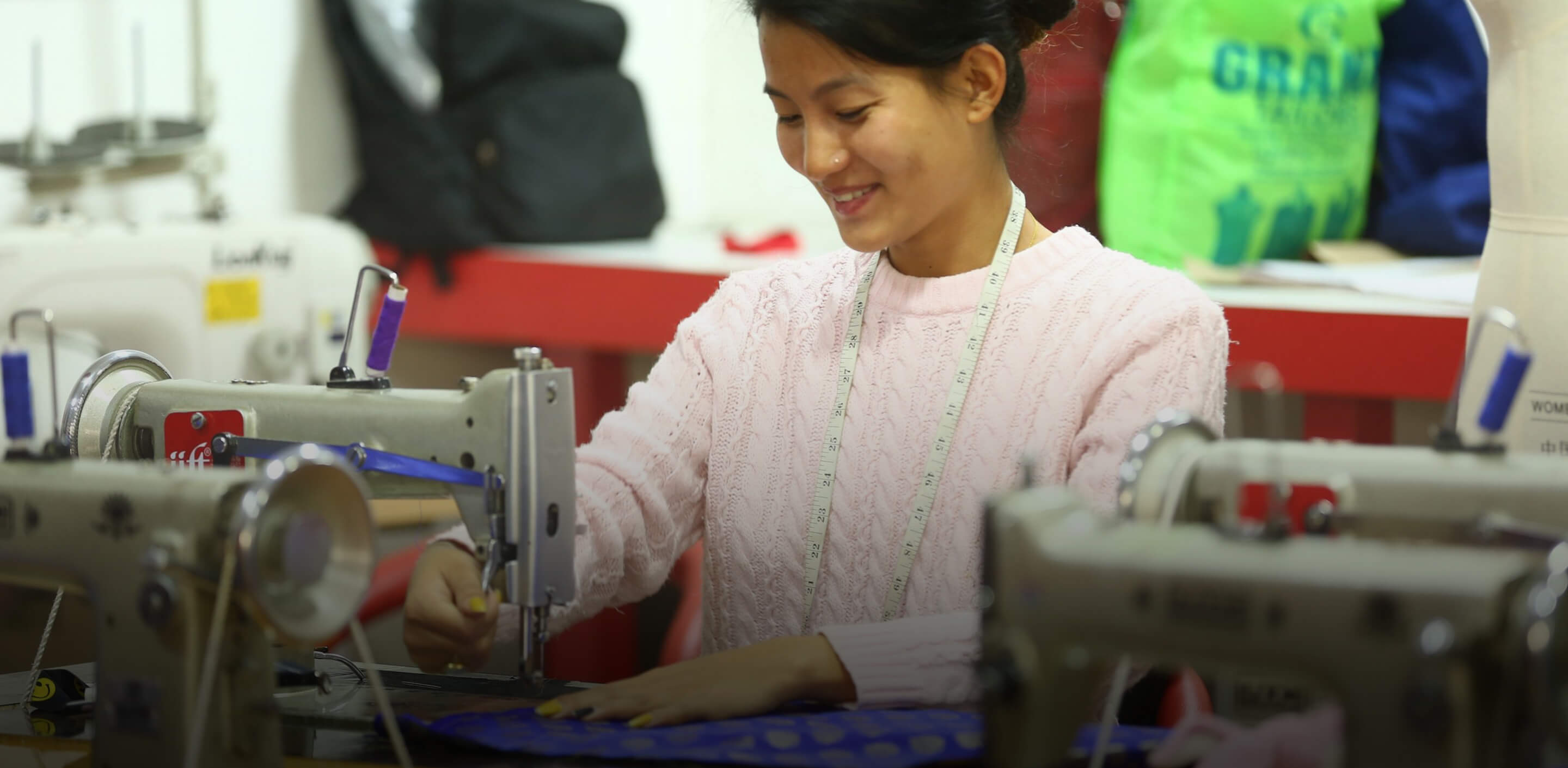Fabrics made of polyester and nylon have a number of characteristics in common. Both of these fabrics are very lightweight due to the use of synthetic fibers. Both of these choices are quite common when it comes to athletic apparel.
This is due to the durability of synthetic fibers, which is far higher than that of natural fibers. And how well they react to treatments that are applied after the final stage in order to improve their function.
However, there are additional differences to be made between textiles made of polyester and nylon. If you are making your own clothes, it will be easier for you to choose a material if you are aware of the ways in which the various components vary from one another.
History

Nylon, or polyamide as it is called in Europe, was originally produced in 1935, and it was nylon stockings that brought the material to widespread attention. After nylon entered the market in the 1940s, polyester quickly followed suit and entered the market.
Both types of fiber are composed of polymeric chemicals that originate from petroleum. They were engineered to be more resilient, more lightweight, and easier to care for than the natural textiles that they were meant to replace.
But how exactly polyester and nylon are manufactured? The procedure for creating any of these synthetic materials is quite similar.
The pellets of plastic are used by the manufacturers (about the same size and color as a grain of rice). They are then melted, and the molten solution is sent through a spinneret, which is a sort of wheel having a lot of very small holes in it.
In this process, strands of varying widths and lengths made of plastic are produced. After that, you may build clothing out of these fibers in their natural state or mix them with other fibers to generate thicker threads.
Characteristics
Touch

The fact that nylon was developed as a substitute for silk explains why it has such a smooth and silky texture. In addition to that, it is more shiny and stretchy than polyester.
In general, polyester is a more abrasive and lifeless fabric. The texture of polyester cotton, on the other hand, has been enhanced thanks to developments in current production processes. You can obtain polyester that imitates the suppleness of cotton and isn't quite as similar in texture to nylon as was previously available.
You may also come across polyester that has been combined with other fibers like cotton or rayon. This indicates that the yarn has all of the wonderful properties of polyester at a price that is more reasonable.
Durability

In terms of strength and durability, both nylon and polyester perform well. If we compare the two materials directly, however, we find that nylon is more durable and stretchy than polyester, which indicates that clothing manufactured from nylon should last longer.
When compared to other materials, nylon has somewhat lower abrasion resistance. This particular fabric is more prone to pilling than polycotton fabric. While this does not make the garment less durable, it will cause it to age more rapidly than it otherwise would.
Care

Nylon and poly cotton are material that do not require extreme care. They do not crease, stretch, or contract in any way. In addition to this, they are resistant to the growth of mold and mildew, as well as stains.
A regular cycle on the washing machine is all that is required for caring for polyester or nylon. They are not suitable for dry cleaning. They should also not be ironed or dried at a high temperature in a tumble dryer. Fabric softeners should be avoided at all costs when working with wicking materials such as polyester or nylon.
So Which is Best? Polyester or Nylon?

Both nylon and polyester have distinct advantages over one another. The function that your finished product will serve as well as the pattern that will be used on the cloth will determine which material will work best for your project.
It is difficult to find a fabric that can compete with the smooth feel of nylon, which is why most yoga and underwear makers choose to use nylon for their products. Nylon is smoother and more durable, whilst polyester is quicker to dry, takes colors more readily, and is less prone to pill.
All of these factors contribute to the widespread adoption of polyester as the material of choice for athletic apparel in a variety of sports, including running, basketball, soccer, and football.
Nevertheless, developments in technology are resulting in improvements to both textiles. For instance, polyester yarn is now becoming much softer than it was earlier. In addition, if it has a wicking finish, nylon may remove moisture from the air and dry more rapidly.
Style Stories
Dhruv Kapoor

The Victorian period served as a source of creativity for Dhruv Kapoor, a fashion designer who just won the Vogue Fashion Fund. His collection was a tribute to the power and beauty of women.
His collection was a fusion of the recent past and the present, and it included a selection of both evening dresses and athletic clothing.
The designer himself was responsible for the creation of the textiles, which included contemporary materials such as nylon, and polyester.
Anne Sofie Madsen & Givenchy

Synthetic materials are being used in an increasingly widespread manner by designers and ateliers. This lends a sense of streetwear or sportswear to the many items that are being produced. Nylon was seen being worn on the runway during the most recent round of shows, which coincided with the formation of two significant trends.
The first is a sportswear-inspired aesthetic, which was shown by Anne Sofie Madsen in the form of XXL cape-style overcoats, by Stella McCartney in the form of an enormous parka and loose jeans, and by Versace.
The second used nylon in a masculine/feminine style that was worn at Givenchy, with a jacket and trousers combo in black nylon. This look was really donned by the model!
Here's a video of NYLON VS POLYESTER - THE ULTIMATE SHOWDOWN by FittDesign Studio
We also happen to be a magnet for suggestions, and would love to catch yours….throw us yours on hello@fabriclore.com





